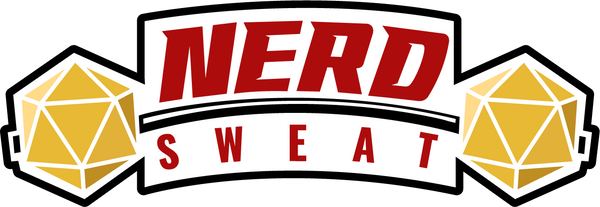
How to Be a Dungeon Master for Brand New Players: A Beginner's Guide
Welcome to the exciting world of Dungeon Mastering (DMing) for Dungeons & Dragons (D&D)! Guiding new players through their first tabletop roleplaying game (TTRPG) can be incredibly rewarding. Here’s a concise guide to help you make the experience enjoyable for everyone involved.
1. Start Simple
For new players, simplicity is key. Use the D&D 5th Edition Starter Set or the D&D Essentials Kit. These sets provide pre-made characters, a streamlined rulebook, and an introductory adventure. This helps to avoid overwhelming new players with complex rules and options.
Example: The Lost Mine of Phandelver from the Starter Set is a fantastic introductory adventure that gradually introduces core mechanics and concepts.
2. Explain the Basics
Begin with a brief overview of what D&D is: a collaborative storytelling game where players assume the roles of characters in a fantasy world, guided by the DM. Cover the basic mechanics:
- Dice Rolling: Explain the role of the 20-sided die (d20) in determining success or failure.
- Character Sheets: Introduce the concept of ability scores, skills, and hit points.
- Roleplaying: Encourage players to describe their actions and decisions in character.
Resource: The Basic Rules available for free on the D&D Beyond website can be an excellent reference.
3. Focus on Storytelling
D&D is as much about storytelling as it is about game mechanics. Encourage players to think about their character’s background, personality, and motivations. Make sure the narrative takes center stage and be flexible with the rules to keep the story flowing.
Example: If a player wants to try something creative or unusual, let them roll a die to see what happens, even if it’s not explicitly covered by the rules.
4. Create a Safe and Inclusive Environment
Ensure that everyone feels comfortable and included. Set ground rules for respectful behavior and establish boundaries using tools like the X-Card, which players can use to indicate discomfort with any part of the game.
Resource: Consent in Gaming by Monte Cook Games is a helpful guide for creating a safe gaming environment.
5. Be Patient and Encouraging
New players will have questions and make mistakes. Be patient and provide positive reinforcement. Celebrate their successes and help them learn from their failures in a supportive way.
Example: If a player is struggling to understand a rule, explain it with a practical example or simplify it to maintain the game’s pace.
6. Engage with Visual Aids
Visual aids can make the game more engaging and easier to understand. Use maps, miniatures, or digital tools like Roll20 to help illustrate the game world and combat scenarios.
7. Keep Sessions Short and Sweet
For new players, shorter sessions (2-4 hours) are often more manageable and enjoyable. This helps to keep the game exciting and prevents fatigue.
8. Gather Feedback
After the session, ask for feedback. What did they enjoy? What was confusing? Use this input to improve future sessions.
Resource: The Dungeon Master’s Guide offers additional advice and tools for new and experienced DMs alike.
Conclusion
DMing for new players is an opportunity to create a memorable and positive first experience with D&D. By keeping things simple, focusing on storytelling, and fostering an inclusive and supportive environment, you can help new players fall in love with the game. Happy adventuring!
References:
- D&D 5th Edition Starter Set
- D&D Essentials Kit
- D&D Beyond Basic Rules
- Consent in Gaming
- Roll20
- Dungeon Master’s Guide
